Geneva inventions fair gets serious
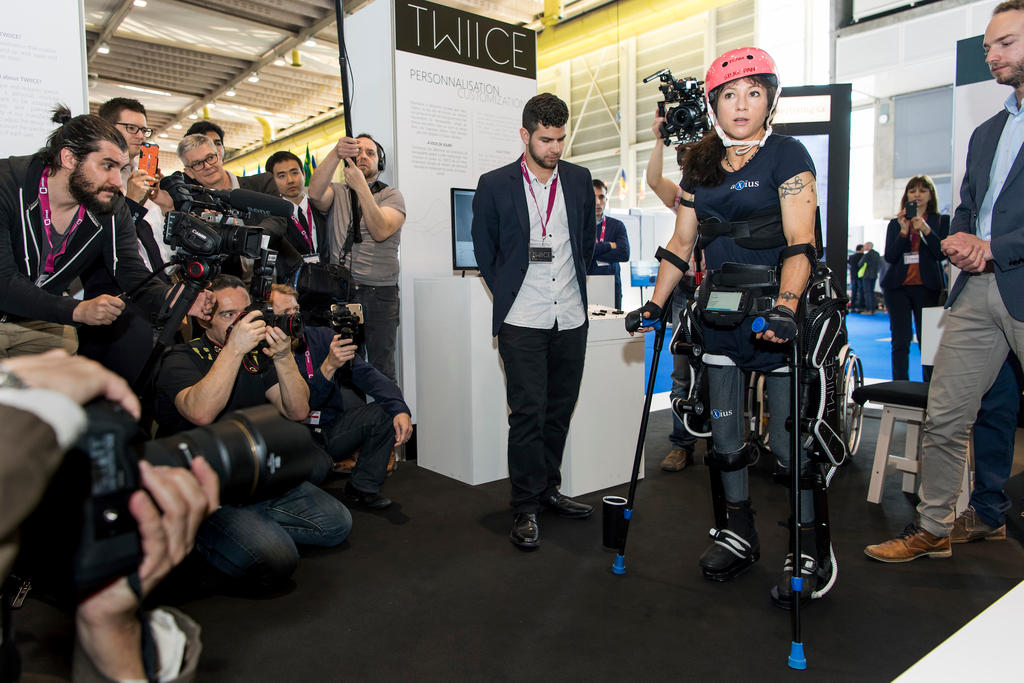
The annual Geneva Exhibition of Inventions has a reputation for gizmos and wackiness. But the organisers seem keen to shake off this image as they welcome more top research institutes and universities. For the first time Lausanne’s Federal Institute of Technology (EPFL) has a stand at the fair.
Some 725 exhibitors from 40 countries are gathered in Geneva this week for the 45th editionExternal link of the world’s largest inventors’ fair dedicated to new creations. Over 1,000 prototypes are being showcased, all vying for a commercial break.
The exhibition, which takes place from March 29 to April 2 at the Palexpo exhibition centre near the airport, is increasingly seen as a top technological vitrine, while also catering to the general public.
Despite its reputation for weird-and-wonderful inventions, this year there are fewer gadgets and more practical inventions on display, with a strong focus on medicine and health, energy and the environment, IT and safety.
Around 80% of exhibitors now represent businesses, universities or research institutions.
“There are private inventors, but we are welcoming more and more companies and universities,” the exhibition’s president, Jean-Luc Vincent, told swissinfo.ch.
“Today it costs more money to create an invention, especially the patent. The period when an inventor made his prototype in his garage is over.”
Michael Killian from Dublin, Ireland, is one such rarity in Geneva. “It can be a lonely life working away in your garage for hundreds or thousands of hours,” explained the inventor of the “snowboard bike”External link. His custom-made bicycle is ridden sitting sideways with a handlebar for each wheel.
“A show like this is great as you meet other inventors and the press. It’s a great presentation for your ideas,” he told swissinfo.ch. “It cost me about €2,000 (CHF2,140) to take part but that’s not that expensive.”
New era
Times appear to be changing at the Geneva exhibition. The invention fair was recently taken over by the organisers of the Palexpo exhibition centre to secure its long-term future.
“Thanks to the sale of the inventions fair to Palexpo, we are now in a position to further develop it,” said Vincent. “It’s becoming more serious, that’s obvious.”
As a sign of their intent, for the first time EFPL has a stand. It is the first ever Swiss higher education research institute to take part.
On the opening day, dozens of journalists, photographers and visitors crowded onto their stand to see TwiiceExternal link, an exoskeleton developed by an EPFL team. The prototype was showcased at the world’s first Cybathlon Championship for Athletes with Disabilities last October, organised by the Swiss Federal Institute of Technology in Zurich (ETHZ).
The patented invention demonstrated by paraplegic athlete Silke Pan opens up new possibilities for people in wheelchairs. EPFL hopes to eventually produce much cheaper exoskeletons, which generally sell for CHF80,000-CHF150,000 per unit.
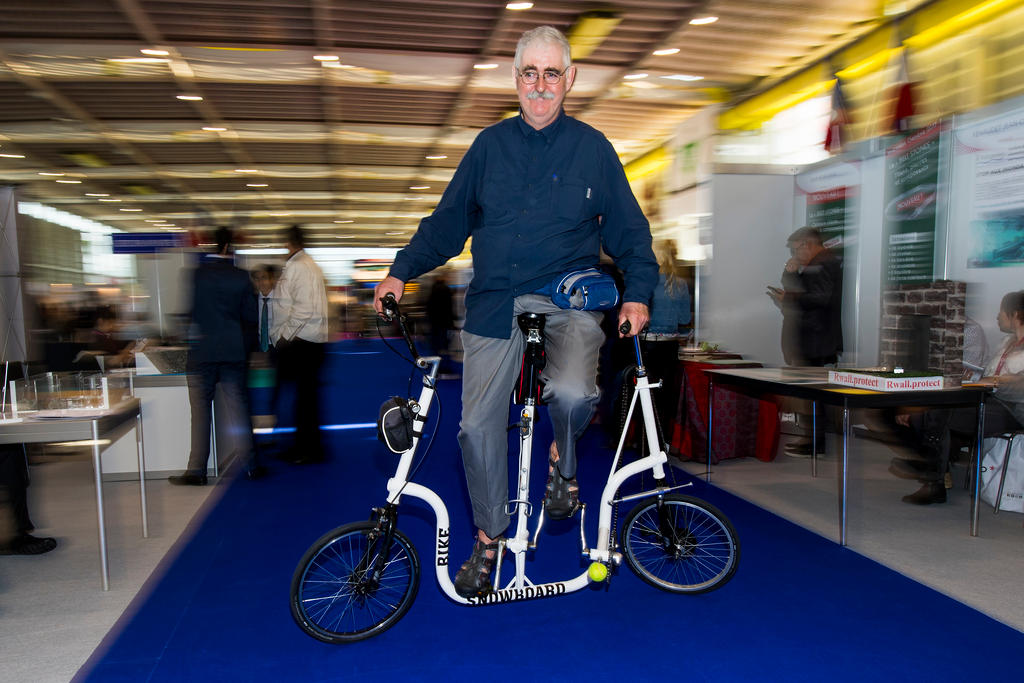
More
Eye-catching inventions in Geneva
“We were approached directly by the organisers of the exhibition who want to change the concept slightly,” said EPFL researcher Marek Jancik. “They want more innovation as well as pure inventions. This interested us immediately. It gives us good media coverage and lots of other bonuses.”
The organisers are extremely proud that a federal institute is on board.
“If EPFL and the other federal institute realise how serious we are, then there is no reason they won’t attend in the future,” exhibition press officer Gérard Sermier said.
Of the 40 countries present in Geneva, over half come from Asia (52%) – mostly China and Thailand – 32% from Europe, 12% from the Middle East and the rest from elsewhere in the world. Sixteen Swiss exhibitors were in attendance.
“The Iranians are here in strength as their government supports inventions. In many countries the state finances universities to come here to Geneva. Iran is typical. They have around 100 inventors here. There are also many people from China, Hong Kong, Saudi Arabia, Kuwait,” said Sermier.
Around 50,000 visitors are expected over the coming days. Every year licensing deals worth around CHF50 million are struck by around half the inventions on display.
The International Exhibition of Inventions in Geneva is unique in a number of ways. Firstly, in the interests of credibility, it is only open to innovations that have been patented for under a year and have never been presented in Geneva before.
Secondly, it is sponsored by the highest-ranking political and technical bodies, namely the Swiss government and the World Intellectual Property Organization (WIPO).
It is supported by an 85-member expert jury covering the various categories of inventions, who hand out around 50 awards, including the prestigious Grand Prix and the Invention Oscar awarded by the public.

In compliance with the JTI standards
More: SWI swissinfo.ch certified by the Journalism Trust Initiative

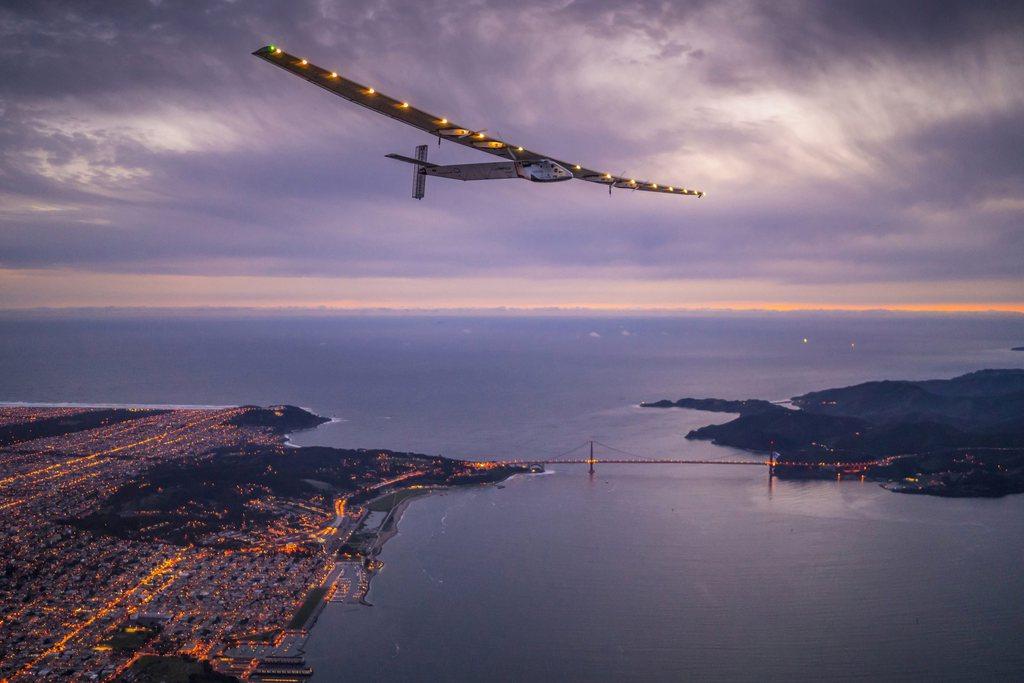
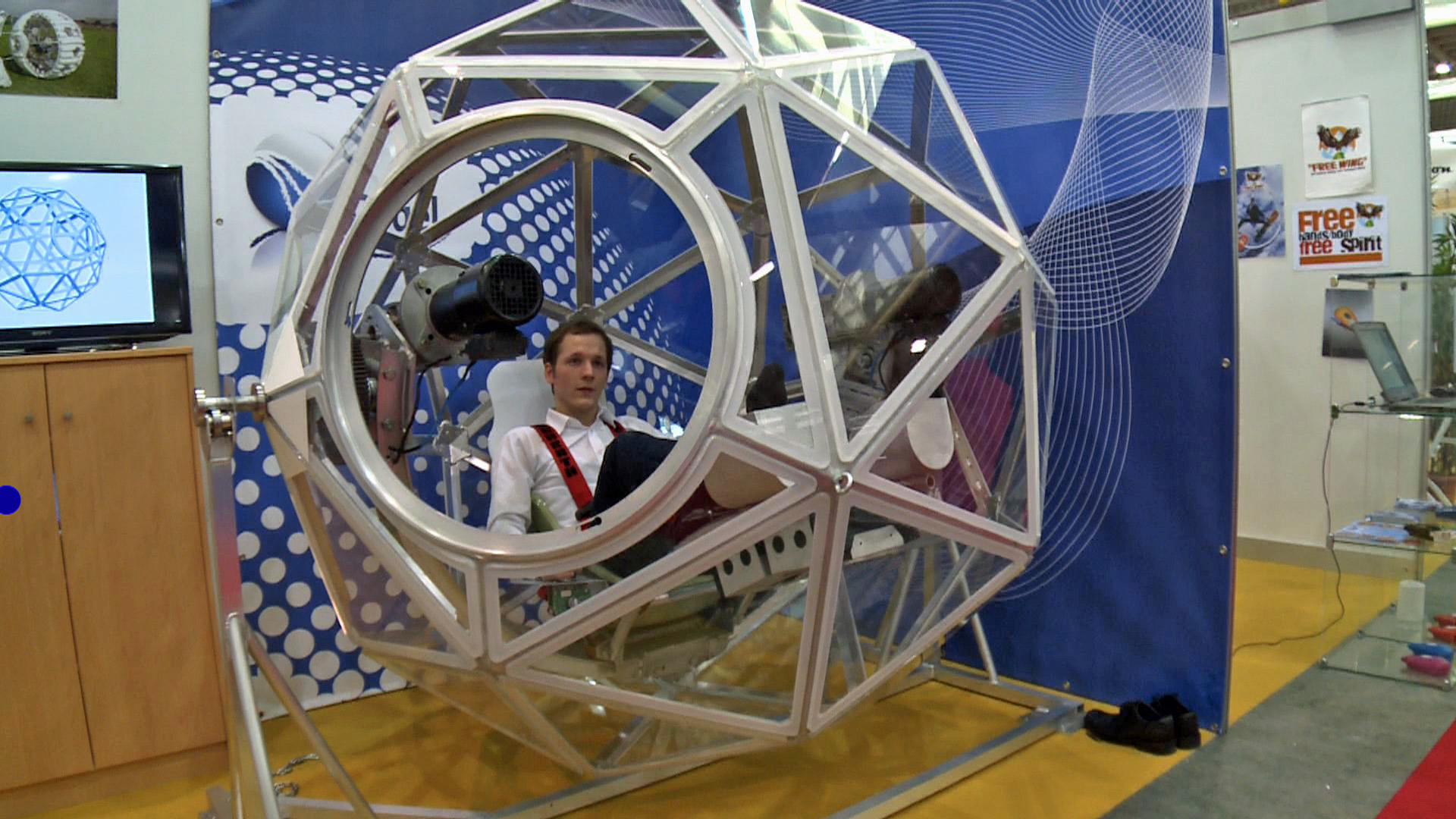
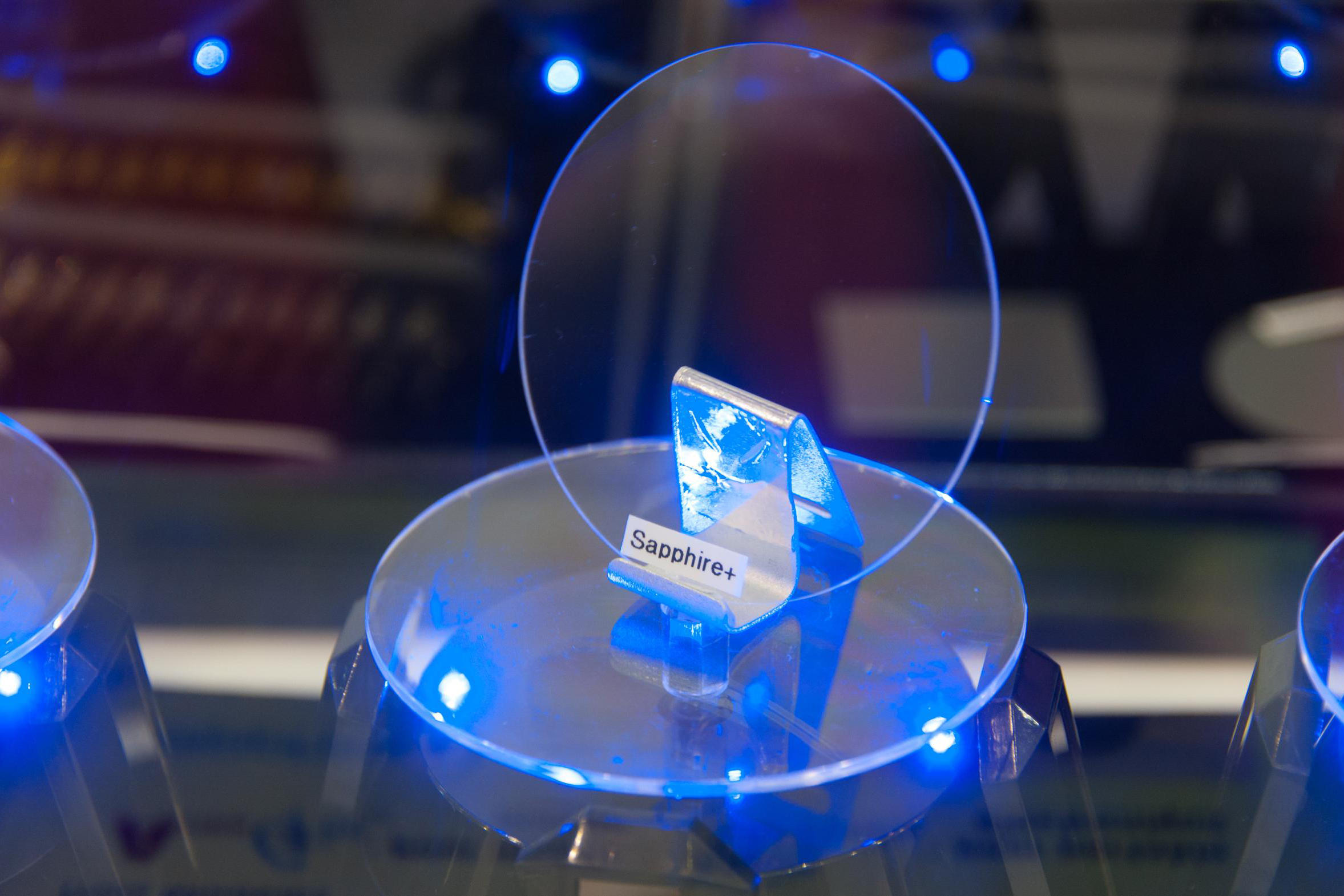
You can find an overview of ongoing debates with our journalists here. Please join us!
If you want to start a conversation about a topic raised in this article or want to report factual errors, email us at english@swissinfo.ch.